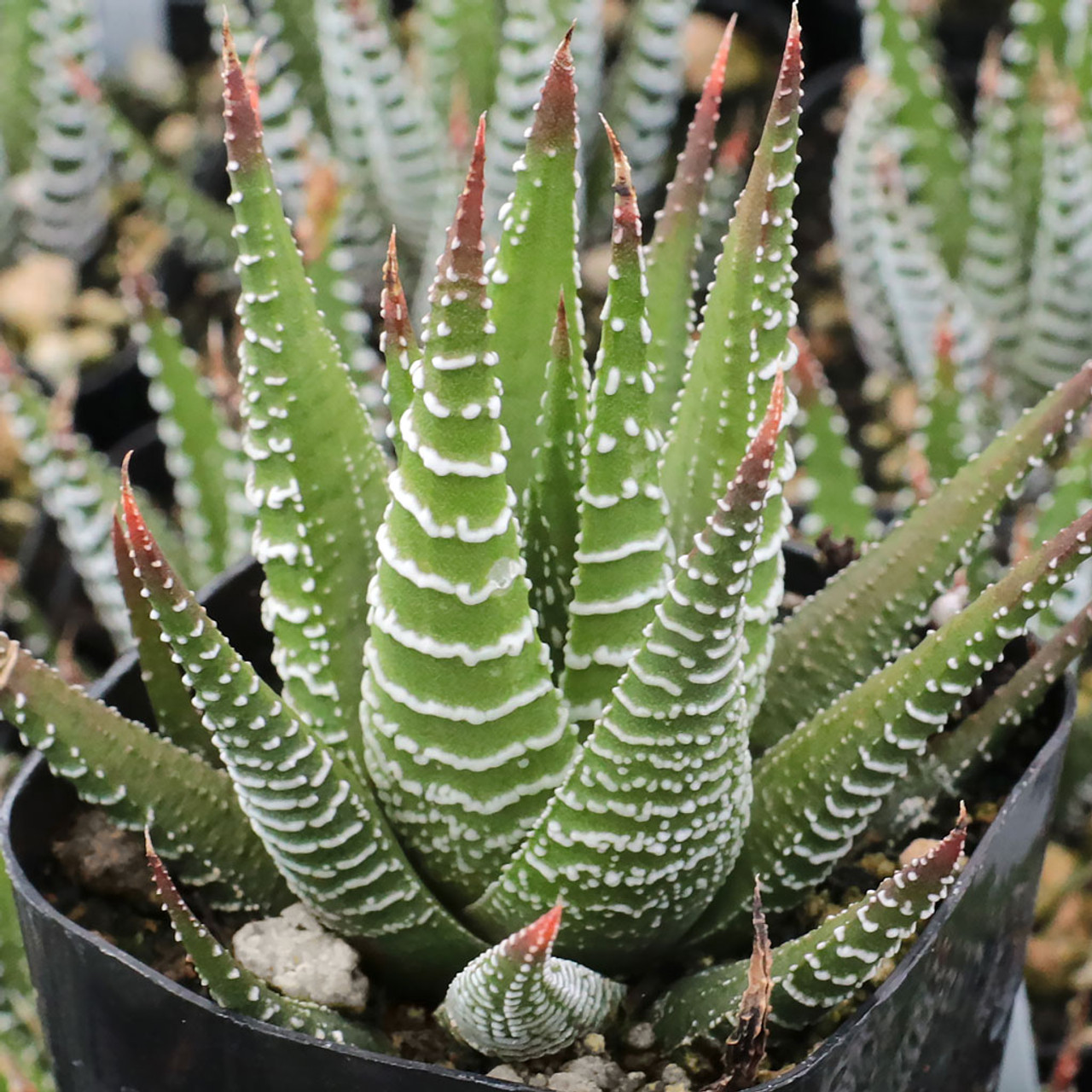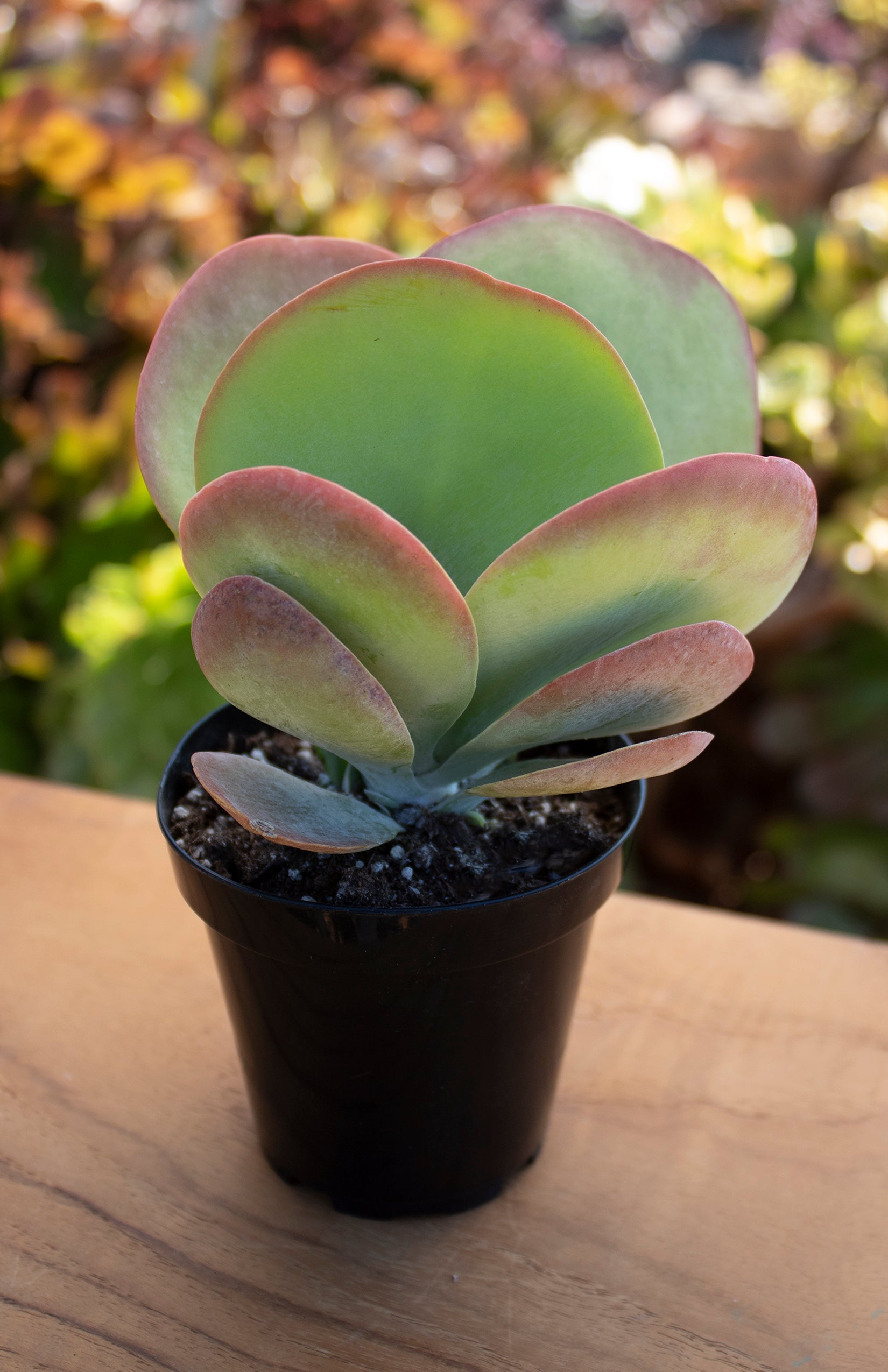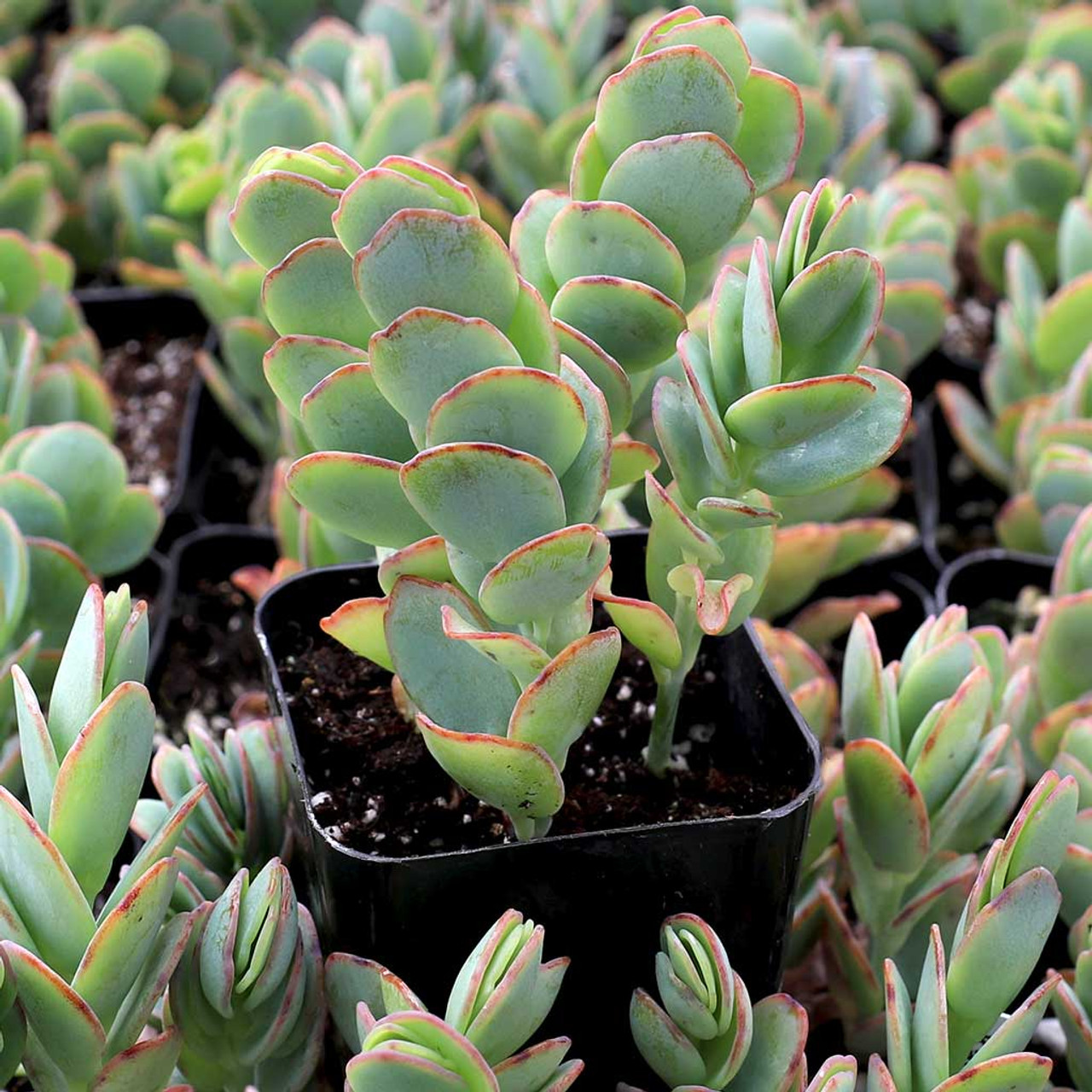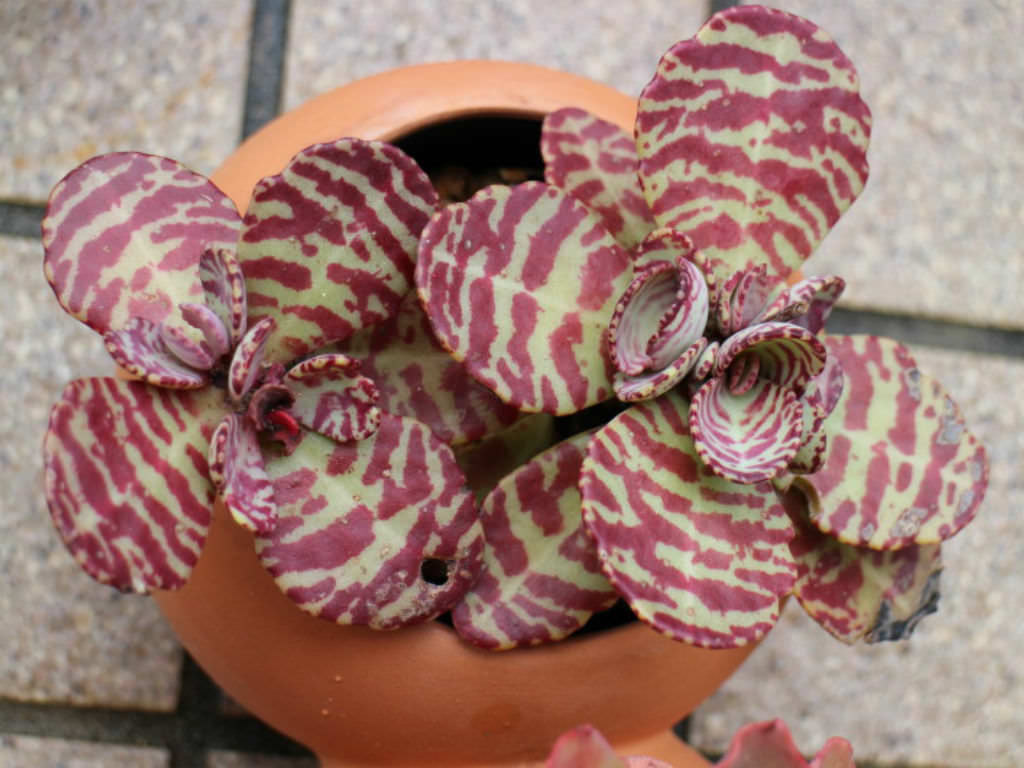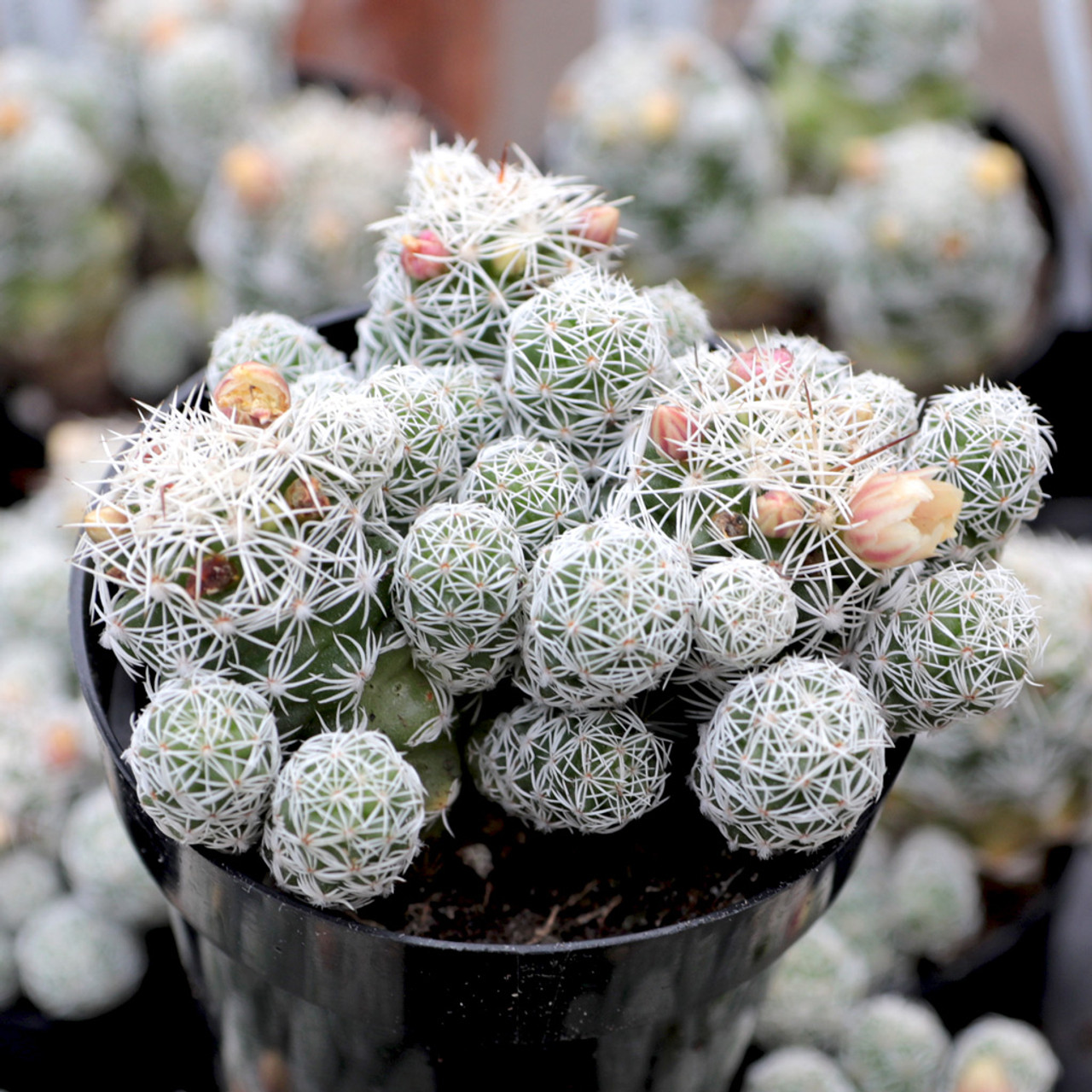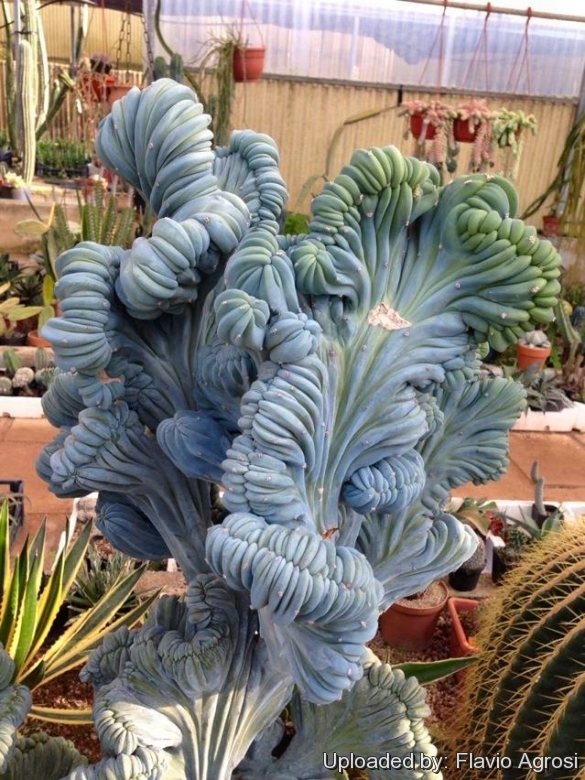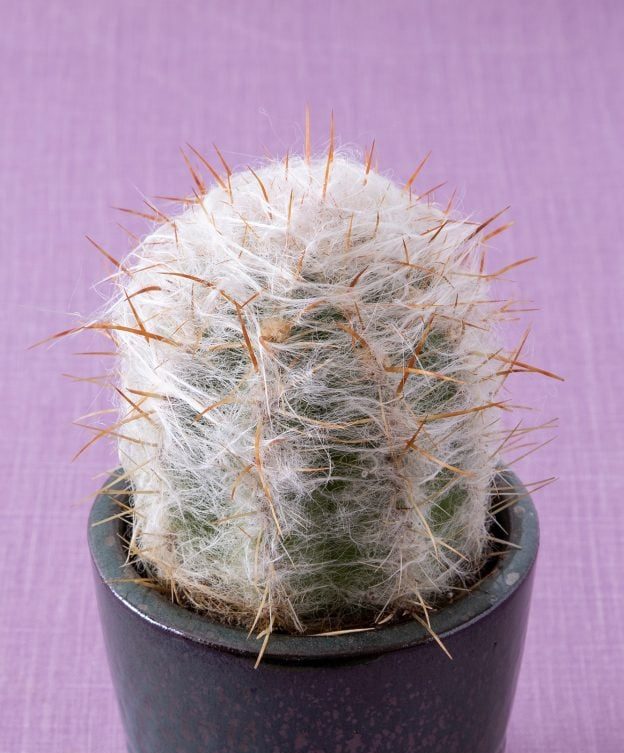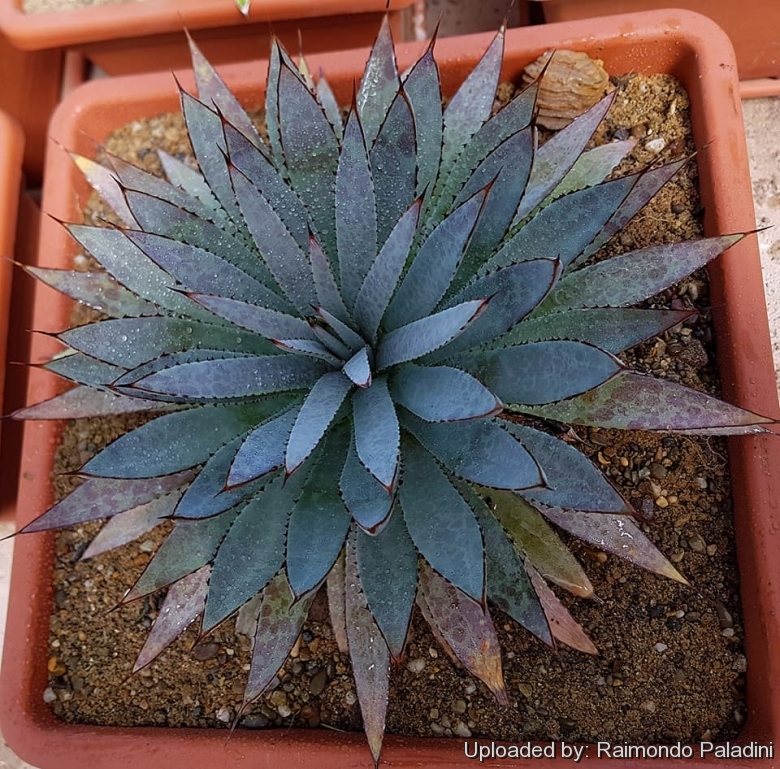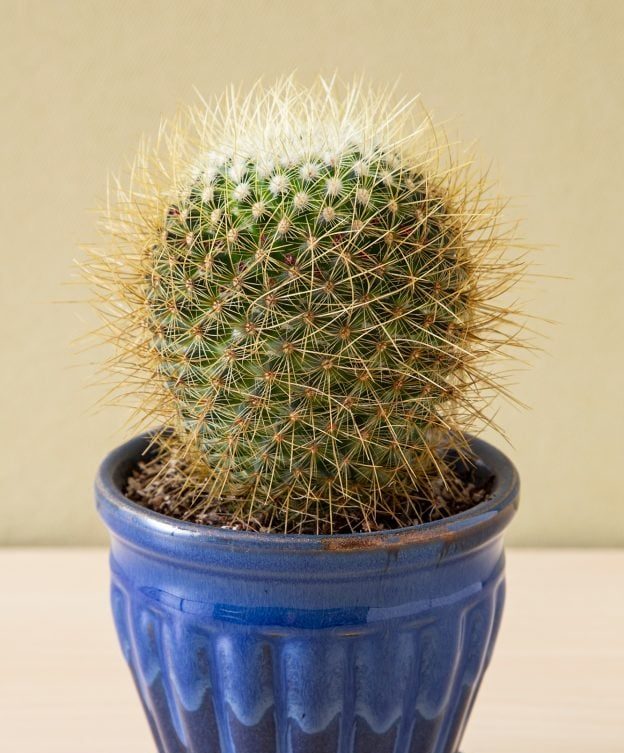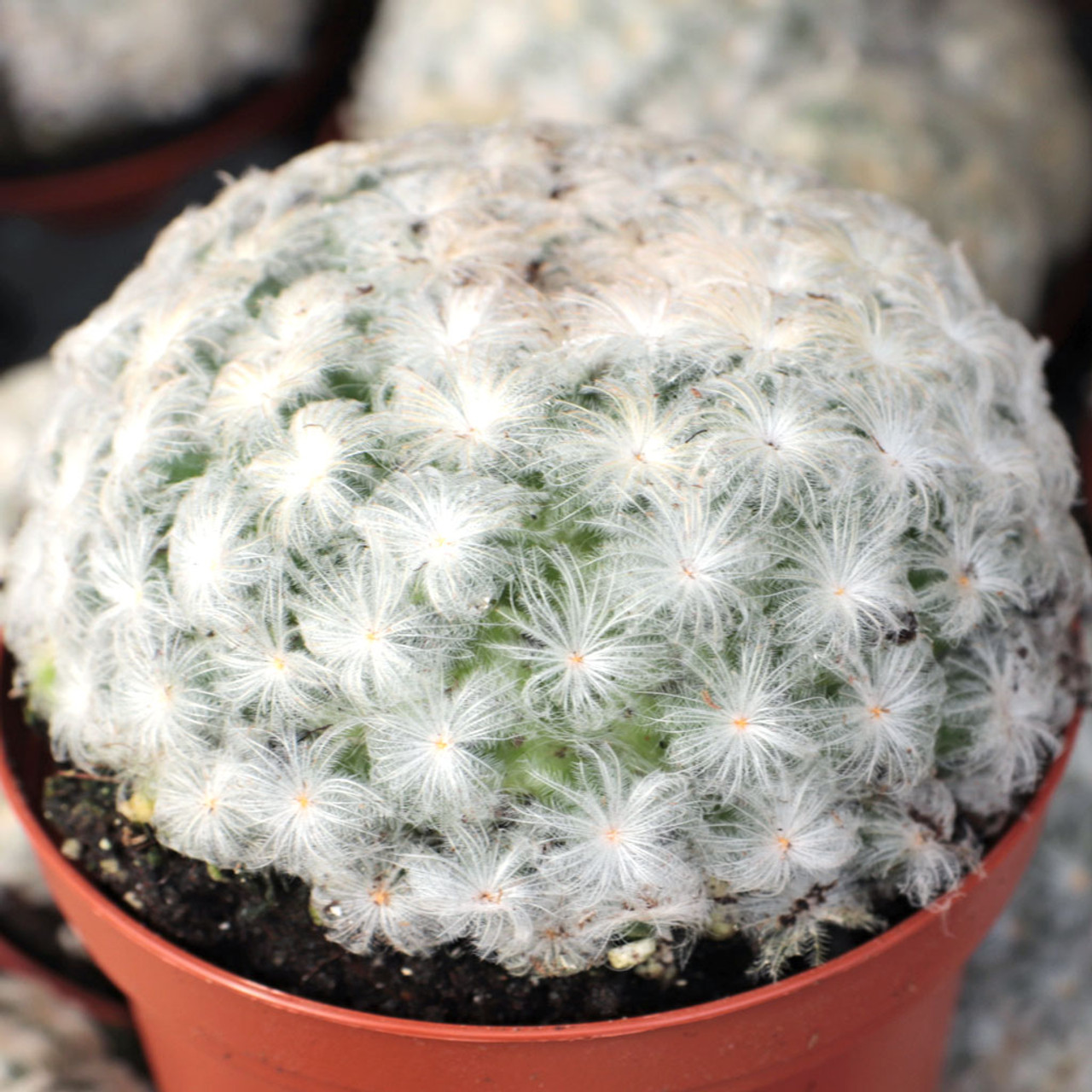Haworthiopsis fasciata “Zebra Plant”
This succulent is an ideal addition to your indoor succulent garden. Its leaves are thick, dark green with white horizontal stripes on the outside, and the surfaces are smooth to the touch. Table of Contents Toggle Care and Propagation Information Watering Where to Plant Flowering Information How to Propagate Haworthiopsis fasciata Offsets Commonly Mistaken For …

